I joined the team to help expand their functionality to create a Microsoft Word Plugin, incorporating facilities for simple search and inclusion of clauses and other pieces of text in Word Documents.
Project Objectives
Problem Statement
Companies and legal teams frequently struggle with maintaining and structuring contracts and agreements' high number of terms and legal provisions, which can lead to errors, inefficiencies, and delays. Existing tools and approaches for organizing clauses are frequently time-consuming, inefficient, and prone to human mistake. As a result, a more streamlined and effective solution that may simplify the clause management process while reducing the risk of errors and delays is required. Clausebook seeks to address this issue by providing a user-friendly platform that enables businesses and legal teams to quickly organize, manage, and communicate their clauses and legal provisions, enhancing contractual productivity and accuracy.
Feature Prioritization
Must Have (High Impact)
- Organize my template forms
- Have a simple and straightforward setup process that can be done over time
- Organize my clauses
- Have a template for a RE Clausebook to ease the onboarding
- Access my clause book while drafting a legal document
- Share clauses and clause book with others
- Create an organization and invite attorneys to access
Nice to Have (High Impact)
- Update forms
- Update clauses
- Start a new draft off of a template
- Define access rights to clauses
- Incorporate clauses in the template
- Refer a friend
Expected (Low Impact)
- Communicate about clauses with peers
- Incorporate clauses in the template
- Organize document examples for drafting inspiration
- Micro teams inside library
Unexpected (Low Impact)
- Assign links to individual to review
- Hashtags
- Tag people
- Auto Annonymize Clauses
My Method/Design Process
- Researched to better understand the needs of the target users.
- Built the personas, brand identity, and color scheme.
- Wireframes and high-fidelity screens as a result.
- Prototyping & Usability Testing
- Design Refinement
User Research
Objectives
To gain insights into the needs, behaviors, and pain points of legal professionals and businesses who manage clauses in contracts and agreements.
Methodologies
Qualitative research was conducted through in-depth interviews and user observation sessions with legal professionals and business owners who have experience in managing clauses in contracts and agreements. Participants were selected based on their experience and role in managing contracts and agreements. Interviews were conducted either in person or remotely, and the user observation sessions were conducted in their workplaces.
Key Findings
- Time-consuming and tedious process: Participants mentioned that managing clauses in contracts and agreements is a time-consuming and tedious process. They mentioned that they often spend a significant amount of time searching for the right clauses, updating clauses, and ensuring consistency across different contracts.
- Inconsistent clauses across contracts: Participants also mentioned that there is often a lack of consistency across different contracts, which can lead to errors and omissions in contracts.
- Need for collaboration and communication: Legal professionals and business owners often need to collaborate and communicate with each other to ensure that clauses are updated and consistent across different contracts.
- Difficulty managing changes: Participants also mentioned that managing changes to clauses can be difficult, especially when there are multiple stakeholders involved in the contracting process.
- Need for a centralized and organized system: Participants expressed the need for a centralized and organized system for managing clauses in contracts and agreements. They mentioned that such a system would improve efficiency and accuracy in the contracting process.
Implications
Based on the findings, it is clear that there is a need for a product like Clausebook that can help legal professionals and businesses to manage and organize clauses in contracts and agreements more efficiently and accurately. The product should be designed to address the pain points identified in the research, such as the need for a centralized and organized system, consistency across different contracts, and collaboration and communication among stakeholders.
Additionally, the product should be easy to use and intuitive to minimize the cognitive load required to manage clauses.
Primary Persona Types
The distinction between the various personas will determine how much freedom a user has on Clausebook as a team member who contributes on an individual basis. As an example, team owners can add or remove libraries, clauses, and collaborators. Owners can also grant collaborators editing privileges.
- Admin
- Editor
- Users/Collaborators
Userflow
Onboarding Flow

Clause Creation / Team Creation Floww
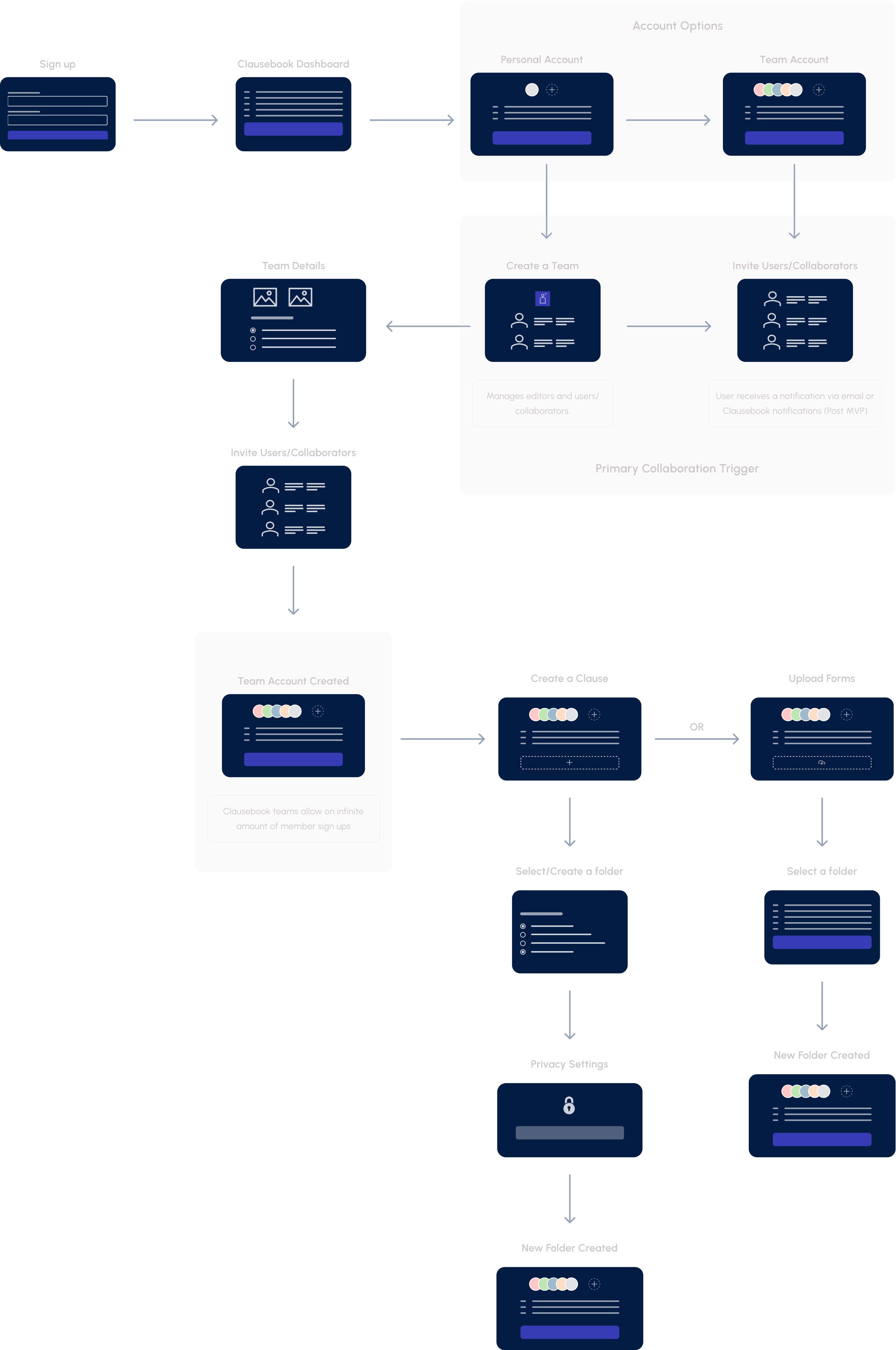
Branding & Logomark


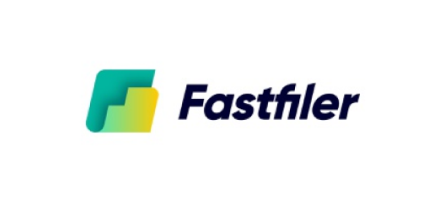
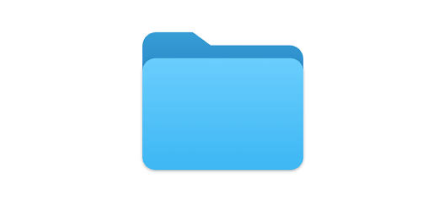

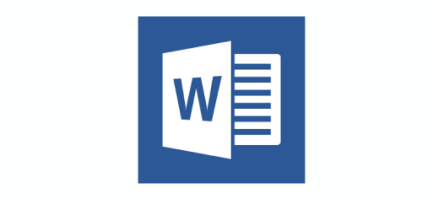


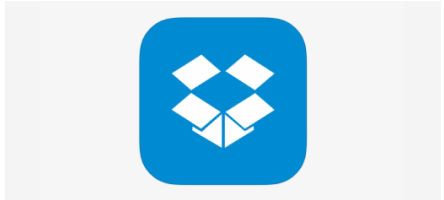

Nothing other than the name existed in terms of branding when I started working on Clausebook (Clausebook). We all participated in a quick branding exercise to determine what Clausebook should stand for and what we should steer clear of because we needed the MVP to be released as soon as possible.
This served as the foundation for creating Clausebook.
I looked for pictures and references that matched what we wanted to depict based on our discussions. After creating a moodboard, I began to design potential logos.
After conducting research and discussing the branding exercise with the stakeholders, I had a distinct vision of how the brand should seem.
My initial sketches for a folder options were inspired by the core concept of Clausebook (a folder of clauses in one place).
I kept these three terms in mind as I carried out my design exploration:
- Organization
- Fast
- Documents (Leases)
Logomark
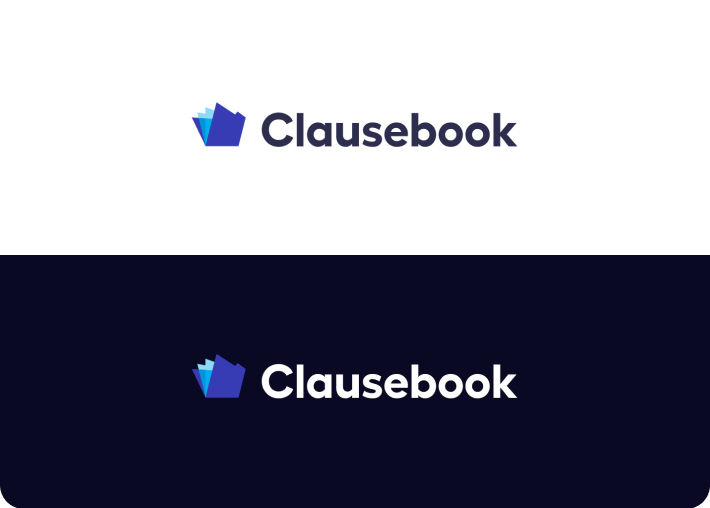


Key parts of Clausebook
For its MVP, Clausebook wants to help users in accomplishing four key goals. These are as follows:
- Organize Forms and Clauses
- Easily insert a Clause into a Document
- Expand Clauses to explore more options
- Collaborate with Co-workers
Part 1
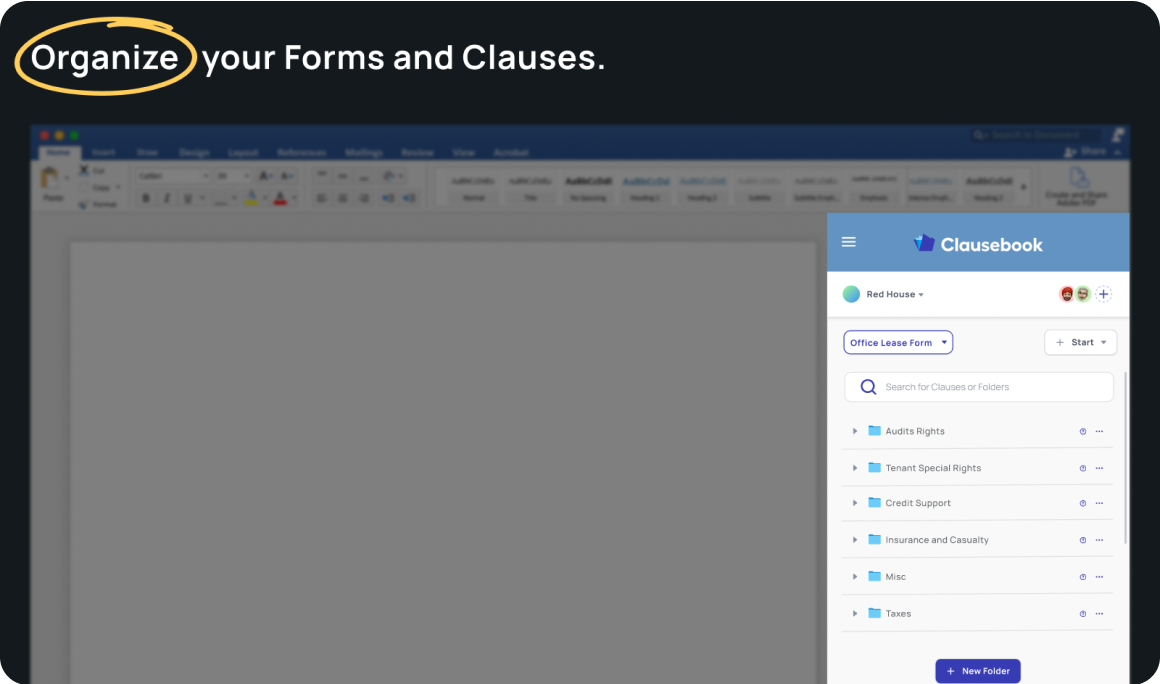
Part 2
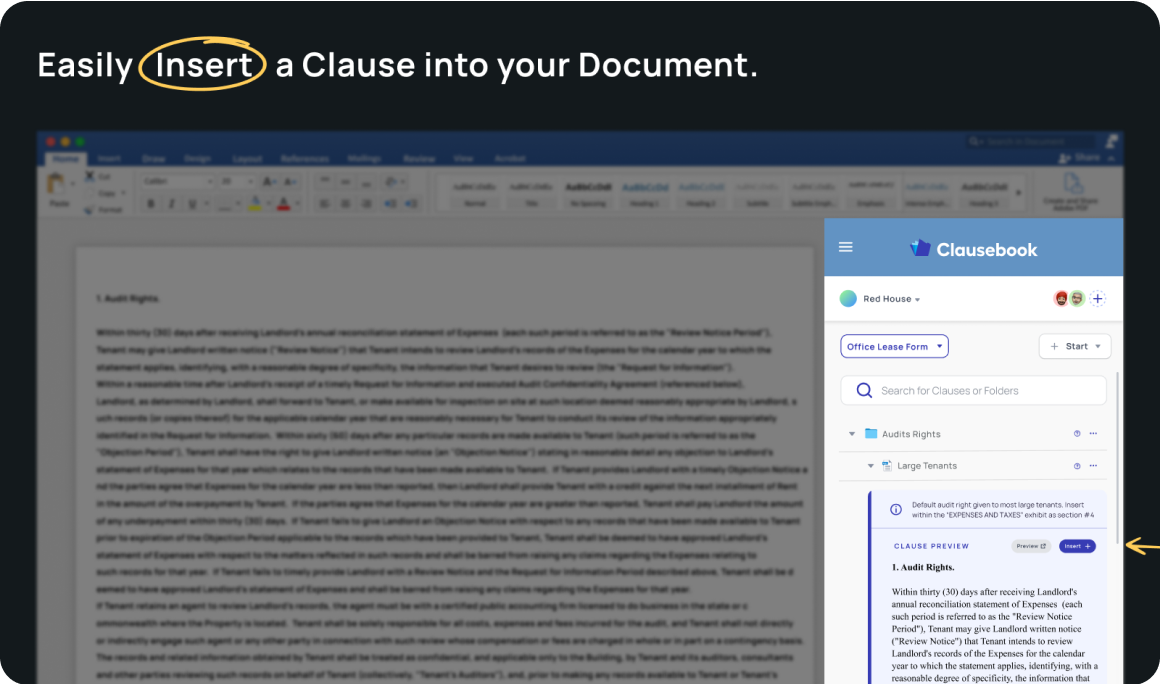
Part 3
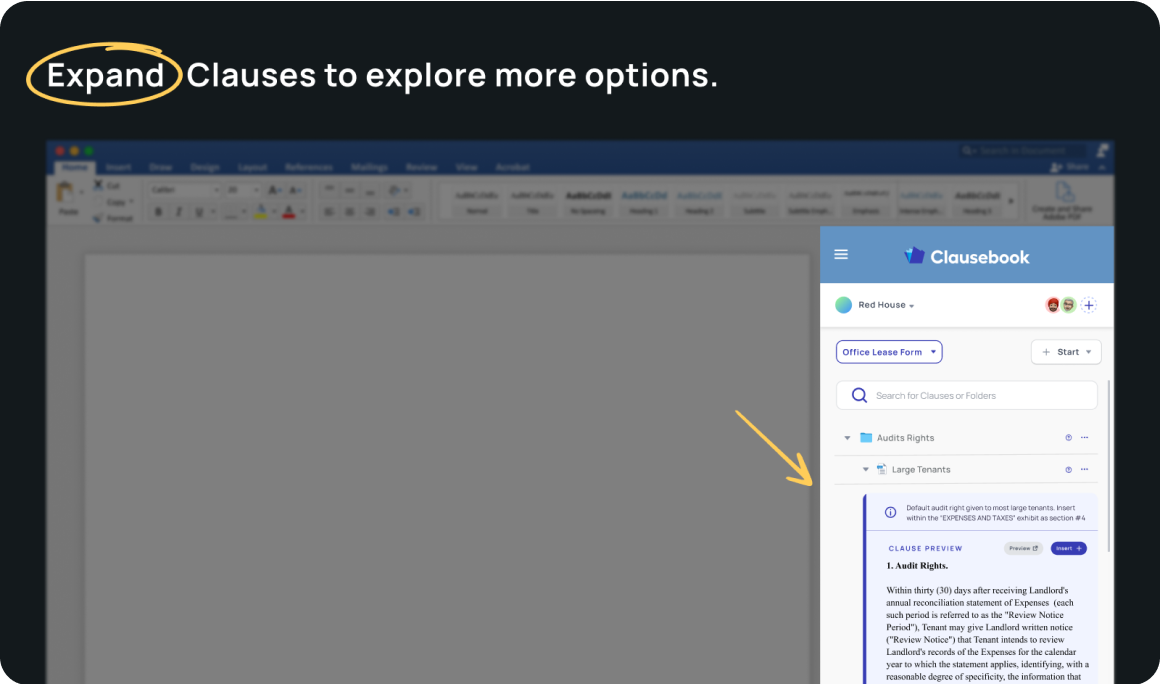
Part 4

1. Organizing Template Forms and Clauses
Business Problem
Organize my Template Forms: My base forms are all over the place, I have forms for triple-net, gross, percentage rent, and multiple others. I want to make sure I'm using the correct version which is my current and that I can easily find my template forms.
Organize my Clauses:
- I want to make sure that I'm using the correct pre-approved fall-back language.
- I sometimes use older leases since I cannot find the most updated version of a clause.
- Using clauses that are in files is relatively laborious and can cause the formatting to break.
- I have to open the file browser or a third party app to find my clauses.
Proposed activity: create an organized repository for my clauses and fall-back provisions, that is searchable and easily maintainable.
Proposed Activity
Organize my Template Forms: To create an organized repository for my forms, that is searchable and easily maintainable.
Organize my Clauses: Create an organized repository for my clauses and fall-back provisions, that is searchable and easily maintainable.
Assumptions
- Finding the correct form for my deal is challenging.
- I'm not always able to access my forms repository.
- Without organizing my clauses and fallback provisions, this alone doesn't provide enough value
Risks
- People are comfortable with the current way of organizing their form templates and don't feel the pain.
- Is organizing my forms a big enough issue for me to try to solve?
Unknowns
- How much of the market is actually using existing product to solve that problem?
- We have an assumption that not many use products, if that's the case, then why?
2. Access Clausebook while drafting a legal document
Business Problem
I want to use my clauses in the same app that I'm drafting my legal document.
Proposed Activity
Create a Word plug-in which allows the users to locate and use clauses.
Assumptions
- It's inconvenient to work with two separate apps: one for drafting and the other to access the clausebook
- I'm not always able to access my forms repository.
- Without organizing my clauses and fallback provisions, this alone doesn't provide enough value
Risks
- People are comfortable with the current way of organizing their form templates and don't feel the pain.
- Is organizing my forms a big enough issue for me to try to solve?
Unknowns
- How much of the market is actually using existing product to solve that problem?
- We have an assumption that not many use products, if that's the case, then why?
3. Create a Team and invite other attorneys to access
Business Problem
I want to collaborate with my peers and make sure they have access to the clausebook, since we are working on the same projects.
Proposed Activity
Add the ability to define a parent organization and invite collaborators to collaborate. Include an ability to manage collaborators and assign roles.
4. Communicate about clauses with peers
Business Problem
Collaborators need to communicate in the process of mainiaining the list of clauses and forms, potentially comment and exchange information and thoughts. Otherwise, the product isn't complete.
Proposed Activity
Add the ability to leave comments and correspond in the context of forms and clauses.
Measuring Success
After implementing Clausebook for a large legal firm, the following results were observed:
- A 30% reduction in the time it takes to draft and review contracts, due to the streamlined clause management process provided by Clausebook.
- A 25% decrease in errors and omissions in contracts, thanks to the improved accuracy and consistency of clauses across different contracts enabled by Clausebook.
- A 20% increase in productivity for legal professionals, who can now focus more on higher-level legal analysis rather than tedious administrative tasks related to clause management.
- A 15% increase in client satisfaction, as clients appreciate the faster and more efficient contracting process enabled by Clausebook.
These data-driven results demonstrate the tangible benefits of using Clausebook to manage and organize clauses in contracts and agreements. By streamlining the clause management process, reducing errors, increasing productivity, and improving client satisfaction, Clausebook helps legal teams to be more effective and efficient in their work.
Learnings
- Simplicity is key: The legal industry can be complex and overwhelming, and designing a product that is easy to use and understand is essential. Creating a simple and intuitive user interface and avoiding unnecessary complexity can help to ensure that users can quickly and easily manage and organize clauses.
- Collaboration is essential: Legal teams often work collaboratively, and designing a product that supports collaboration and teamwork is critical. Integrating features that enable users to share and collaborate on contracts and clauses can help to improve efficiency and reduce errors.
- Customization is important: Different legal teams have different needs and preferences, and designing a product that allows for customization can help to ensure that it meets the needs of a wide range of users. Providing flexible settings and customization options can make the product more adaptable and appealing to different users.
Visit the webiste
My Role
Lead Brand / Product Designer
Responsibilities
Research
Visual Design
Marketing Design
Interaction Design
Company
LeasePilot Inc.
Industry
Legal